Federal Reserve punishing savers in low interest rate environment – Since the 1960s 5-year Treasury Bills average 6.5 percent. Today a high yield money market account will get you 1 percent.
- 5 Comment
Saving money is usually pushed to the background in a debt induced economy built around spending. Marketing firms are designed with the intention of parting you from your hard earned dollar. The housing bubble was a manifestation of a system permeated by easy access to debt and promises to repay current purchases with future dollars. Even the modest historical down payments of 20 percent were removed to introduce new no money or low money down payments. It was as if money grew on trees. Credit cards sit in the wallets of many, right next to cold hard cash. Although not synonymous, people think of access to debt as if it were access to a permanent piggybank. Many thought of their home equity as trapped income needing to get out instead of a safety net. I used to hear so many throw in their home equity line of credit into their net worth equation. You have to pay debt back! That somehow escapes many and in this low rate environment, the Federal Reserve is punishing savers to get them off the fence and spend every little penny they got.
Many feel trapped because they see their incomes going nowhere or even worse, down and being eaten up by real world inflation:
Source:Â Census
From 2000 to 2010 we experienced a decade where the median household income actually went down in real terms. The only reason things seemed like they were booming in the early 2000s was due to the irrational debt spending brought on by the debt bubble. Anyone could get a loan for a home, car, college education, or credit card. It is easy to feel rich when all you need to do is have a pulse and a pen to sign on the dotted line. The problem was that someone was going to have to pay for the giant mess at some point. It was only a matter of time that it would burst but now, we are left relearning the ways of past generations where savings is actually an acquired art. This is difficult in a society that is essentially designed and built to spend. We have shipped off a large part of our manufacturing base and consumption is a giant key to our GDP growth. So you can see how this becomes a problem when people have less access to debt and less money to spend.
It used to be the case that really conservative savers could put their money into a bank account and earn 5 percent at the lower end. This was common for many years for those of you with some perspective and an active memory. Let us look at the average 5-year Treasury Bill rate since the 1960s:
Since the early 1960s the average rate for a 5-year Treasury Bill was 6.54 percent. Today it is 1.98 percent. That means you would have to lock in your money for five years to earn 1.98 percent. Since the Consumer Price Index actually hides real inflation any cost of living adjustments are being pushed aside and consumers are seeing the real impact of a depreciating dollar. The Federal Reserve would like to push cash off the sidelines so people can go back to speculating in the casino known as Wall Street. Keep in mind that nothing has changed since the financial crisis hit. We have yet to have any explanation for the one day “flash crash†yet people are being cajoled into putting their hard earned money into what amounts to a glorified roulette table. Red or black? Even or odd?
A small percentage point can make a world of a difference for someone. Take for example a 1 percent bank rate versus a 5 percent bank rate. Let us assume you have $5,000 in your savings account and sock away $300 per month. Let us run this analysis under two scenarios, the first being under 1 percent:
After 30 years this account will total up to $132,643. Let us run the same scenario but at 5 percent which is below the average 5-year Treasury Bill rate since the 1960s:
This slight percentage change makes all the difference. It virtually doubles the account with the same amount of savings. Keep in mind that 43 million Americans are on food stamps and don’t even have the ability to save. Half of Americans only have $2,000 allocated to their retirement so we are making the assumption that you actually have some money to save after the necessities are paid for. So where can you put your money? Take a look at these savings account rates:
Source: Bank Rate
Keep in mind that the above was sorted for the highest APY. The highest rate we can find is 1.1 percent for high yield money market accounts. Given the dollar decline and hidden inflation your savings erode simply by storing it in this account. So what are your options? Given the current market instability and the fact that there has been little reform on Wall Street, actually losing a little on your savings account isn’t such a bad thing. Wealth preservation is the key in today’s market. The Federal Reserve is punishing savers by keeping interest rates low. The purpose of course is to save the too big to fail banks hoping that inflation will simply wipe the slate clean with their massive balance sheet sinkholes. Yet inflation is never the solution to an economic crisis. If inflation was the easy way out why don’t we just give every household in the U.S. $1 million to spend? I’m sure that will get things going.
If you enjoyed this post click here to subscribe to a complete feed and stay up to date with today’s challenging market!5 Comments on this post
Trackbacks
-
Luteguy said:
The answer, of course, is to “opt out” of the fiat currencies altogether. This is done by purchasing physical gold & silver, and taking delivery (no counterparty risk).
After that, don’t get stuck on the “price,” since that is just a reflection of the whimsical changing value of the fiat currencies relative to each other. Long-term, barring any spikes in “price,” gold and silver will general retain buying power with relatively high safety in comparison to paper money.
February 1st, 2011 at 8:03 am -
Jay said:
Pretty interesting plan these international bankers have. Get everyone in debt to their banks and then get those banks in debt to the big banks owned by the New World Order under the disguise of government agency and then when everyone is financially castrated and helpless, buy it all back for practically nothing and make the previous owners your slave via debt.
Buy a house on credit so you can build equity in it and develop your credit rating so you can go into even more debt??? Yow right!!! Ever heard of debtors prison? You will. It comes complete with barbed wire fences, armed guards, German sheppard dogs, and rail service, just like Auschwitz.
February 1st, 2011 at 7:06 pm -
Jude said:
I’m not sure how the Fed’s convoluted logic works. By paying me only 1 % vs 5%, I spend less because my income is less. I refuse to pay a bank 15% on a credit card, if they only pay me .5% on a savings account. Isn’t that just common sense? The converse of course: if I made more, I would spend more.
February 1st, 2011 at 8:33 pm -
rick said:
I own $100K in a Minn. Muni bond.
It is being called in, and the state will refinance this 5% debt, at today’s rate of 2%.
We are all getting screwed.February 2nd, 2011 at 1:37 pm -
Lentenlands said:
No surprise here.
The government has become a collection of poser puppets for the banking family of the Rothschilds. The Rothschilds have been in enslaving the People of the US via the fraudulent criminal conspiracy known as the illegal, unConstitutional Federal Reserve. The entire US government is now simply a puppet of the Rothschild banking dynasty.
All I want to hear are three magic three letter words,
“End the Fedâ€
Every political candidate must be evaluated based upon this single all telling crucial issue. You are either with the People or you are with the Rothschilds and their agents, the international bankers.
This is the new American litmus test.
February 4th, 2011 at 12:02 am
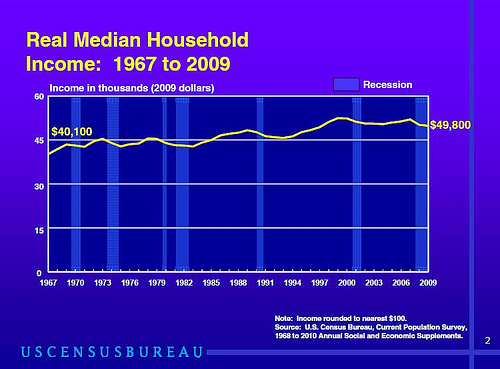
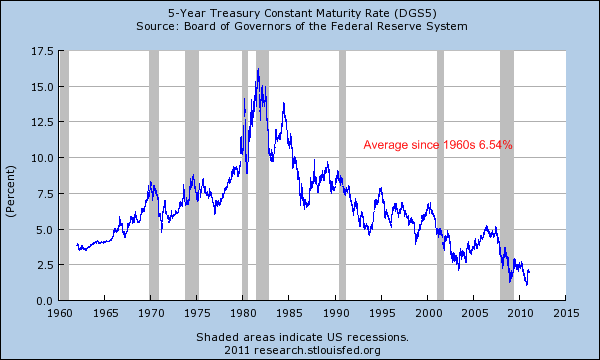
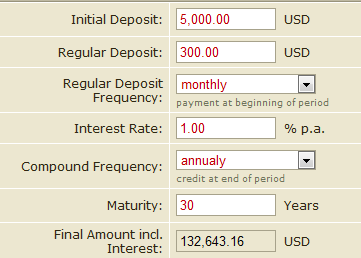
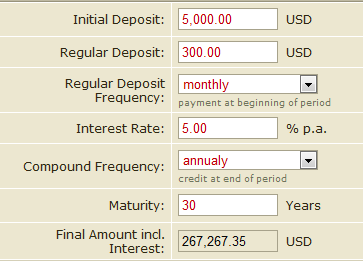
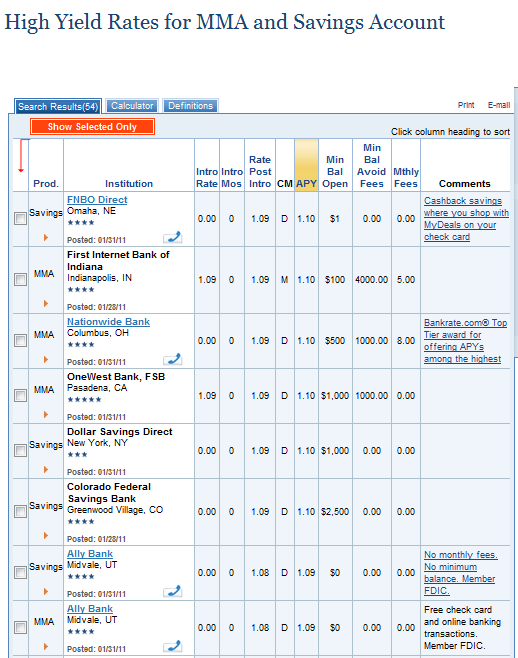
 If you enjoyed this post click here to subscribe to a complete feed and stay up to date with today’s challenging market!
If you enjoyed this post click here to subscribe to a complete feed and stay up to date with today’s challenging market!